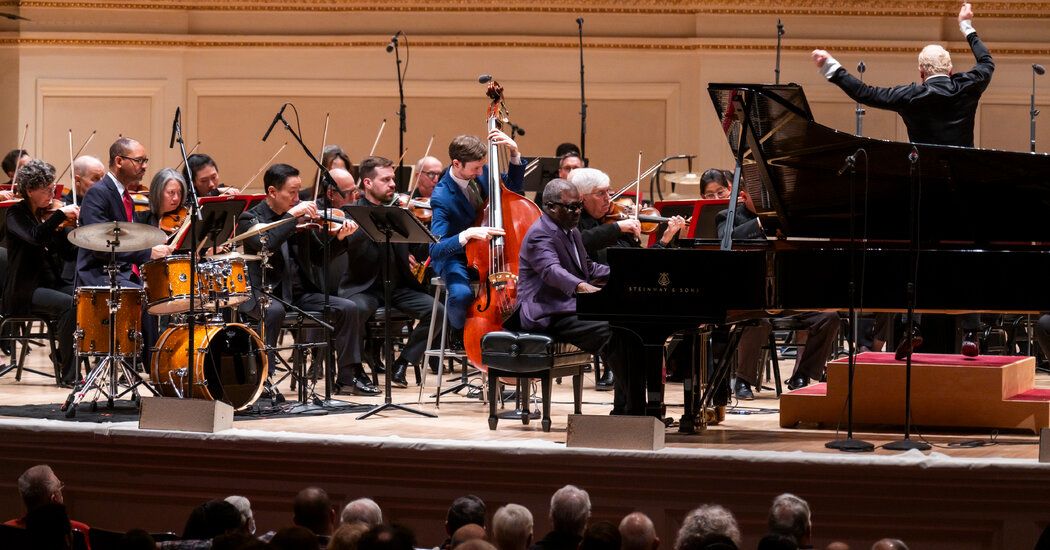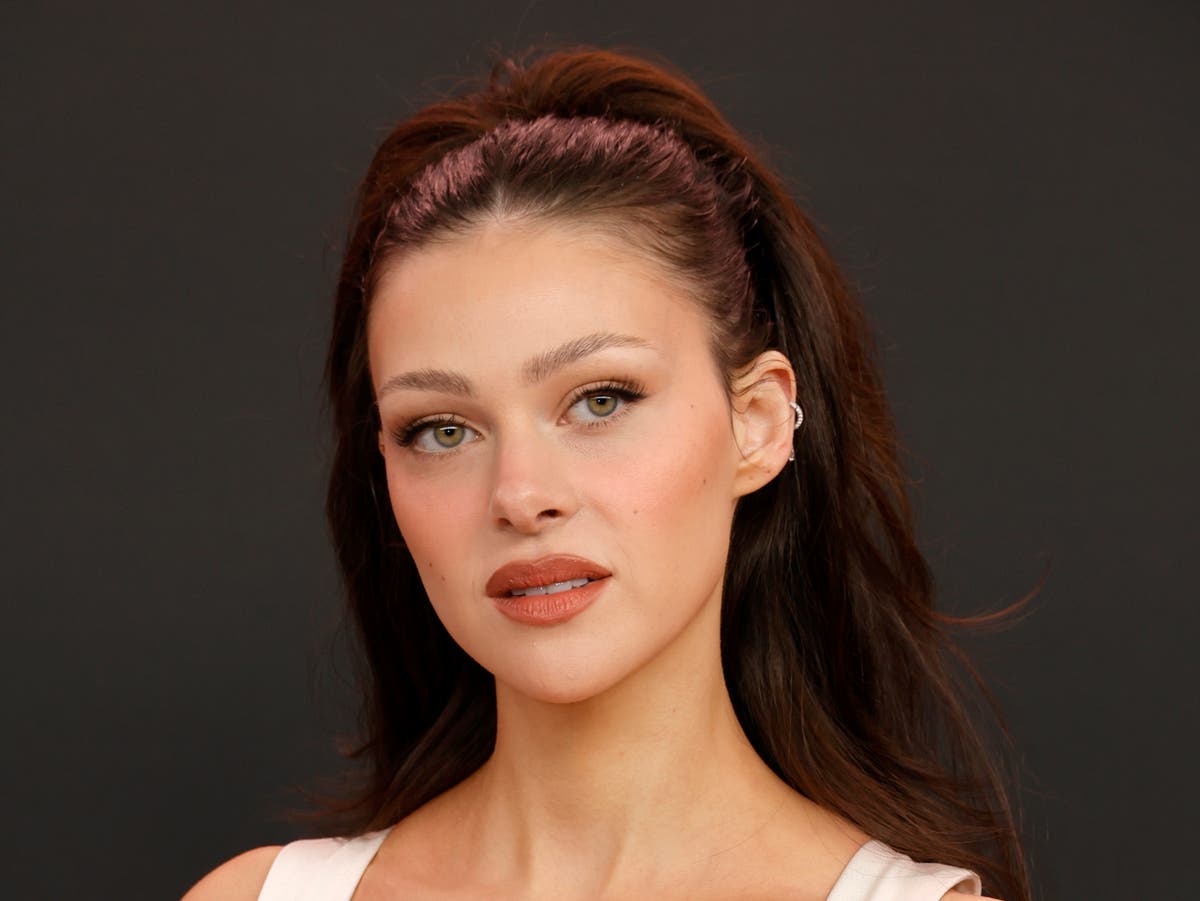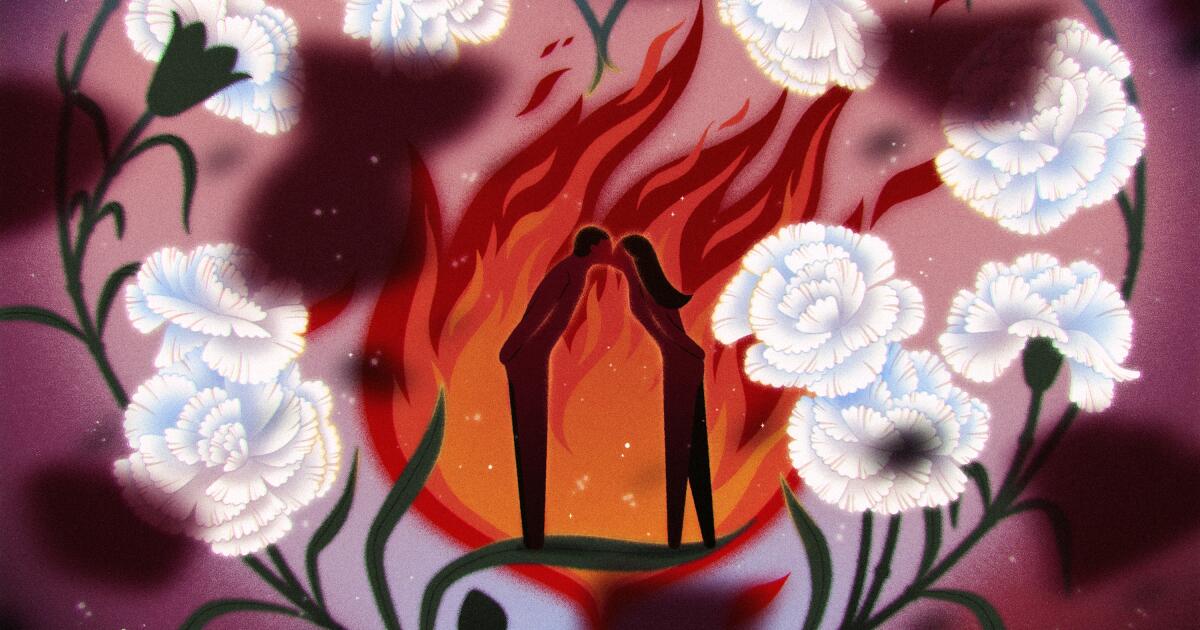Much of the classical music of the 20th century owes a deep gratitude to jazz. And although on paper the Philadelphia Orchestra's concert at Carnegie Hall on Tuesday night was staged for a festival at the hall, Fall of the Weimar Republic: Dancing on the Precipice, the subtext was American jazz.
All three composers on the show (Stravinsky, Weill, and Gershwin) loved it and, to one degree or another, referenced this style in their music. Although Stravinsky was residing in Europe when he premiered “Petrushka” in 1911, he was already an American citizen when he revised this piece in 1947 and had long experimented with incorporating jazz into some of his pieces, and jazz musicians loved him too. . Weill, who left Europe for the United States after the fall of the Weimar Republic, was also immersed in jazz. And Gershwin, of course, wouldn't be Gershwin without him.
The Philadelphians opened with a magical performance of “Petrushka,” kicked off by a spicy solo from Patrick Williams, the associate principal flutist. The orchestra highlighted the rhythmic details with crystalline precision and interpreted each phrase with patience and richness of sound. Stravinsky conveys the spirit of Petrushka, the trickster Russian folk puppet, and the ballet's story of a deeply twisted puppet love triangle, with equal parts humor and darkness; Conductor Yannick Nézet-Séguin and the musicians captured the piece's flashes of light and its swirls of despair.
Weill's Symphony No. 2, from 1934, is a rarity: structurally and harmonically it is a mix of lush Mahlerian harmonies, Weill's acidic stage works, and jazz-inflected directness. At its best moments, such as the dreamy, solitary slow movement, with a graceful trombone solo played by Nitzan Haroz, this music feels like being inside an Edward Hopper painting.
The most dizzying part of the evening was a literally jazzed-up version of Gershwin's “Rhapsody in Blue,” featuring jazz pianist Marcus Roberts and members of his trio: bassist Martin Jaffe and drummer Jason Marsalis.
Roberts has specialized in reworking Gershwin; In addition to the “Rhapsody,” which he recorded nearly three decades ago, he has toured his version of the Concerto in F. In Tuesday's account of the “Rhapsody,” the orchestra played its traditional score, but Roberts used the piano solos to present extended improvisations for himself, sometimes in flights of romantic fantasy, Rachmaninoff style, and occasionally nodding along. head to the blues and the piano. By 2024 jazz standards, Roberts is conservative, and while he didn't shed any new light on a cherished standard, his performance was still charming.
Roberts' improvisations were often solo works, only occasionally anchored by his rhythm section. Frankly, Jaffe had little to do, and in any case he was difficult to listen to; Marsalis had more opportunities to show his imagination. At one point, rather heroically, if quixotically, Marsalis attempted to get the orchestra to notice the internal rhythms he heard in the score, and at another point he introduced a welcome moment of second-line mixing from native New Orleans. of the.
Still, neither Nézet-Séguin nor the Philadelphia Orchestra master jazz, even taking into account principal clarinetist Ricardo Morales' luxurious and enthusiastically catchy ascending glissando on the famous wail that opens “Rhapsody.” Turns out swinging isn't necessarily his thing.
The Philadelphia Orchestra
Held Tuesday at Carnegie Hall in Manhattan.












